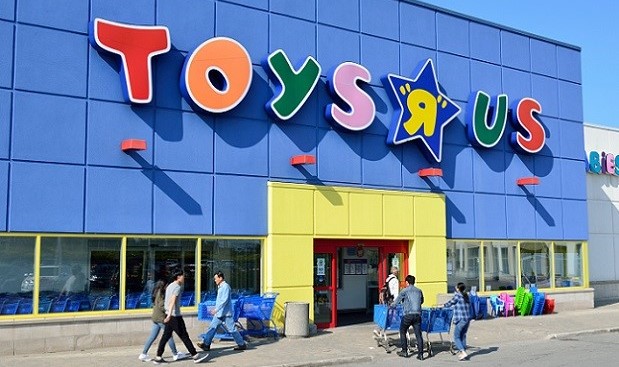
CHICAGO—The overall economy seems in good shape, but that won't stop significant portions of the retail industry from struggling in 2018. That's the big takeaway from Cushman & Wakefield's first quarter report on US shopping centers. Consumer confidence remains at a historically high level, for example, indicating future growth in retail. But bankruptcy and store closure announcements have kept coming, and the next year will see more of the same, most likely in consumer electronics, apparel, department stores, media and sporting goods, typically found in power or mall centers. But not all of the retail news is bad.
“There are certainly sectors of retail that are growing,” C&W notes. “Expansion announcements are happening at the same time that closure news is breaking, they just don't garner as much attention.”
The firm points out that consumers continue to spend. It's just that spending patterns have changed due to the expansion of e-commerce. “Americans have become more value-conscious, and younger generations are placing more importance on experiences than commodities.”
Therefore, even though eight major retailers filed for bankruptcy so far this year, with nearly two dozen others set to happen in the next three quarters, several sectors continue expanding. These include: dollar stores, discount grocery, off-price apparel, beauty/cosmetics, fitness/ health clubs, fast food, coffee and fast fashion, most of which operate in neighborhood and community centers.
These trends have set a dynamic in motion that could benefit the owners of class A mall. “Anchor closures at trophy or class A malls present opportunities for landlords to attract new, more relevant tenants such as food halls, experiential concepts or other trendy new retailers at current rents,” C&W says. “Landlords will also see non-traditional mall tenants such as discounters, off-price or grocery chains move into some of these vacancies.”
However, that change could be wrenching. C&W says nearly 8,500 stores closed in 2017, surpassing the number that occurred during the Great Recession. And closures in 2018 will most likely match or exceed that level. Around 4,500 stores have already closed this year, and the company estimates that this figure will reach more than 9,000 by the end of the year.
© 2025 ALM Global, LLC, All Rights Reserved. Request academic re-use from www.copyright.com. All other uses, submit a request to [email protected]. For more information visit Asset & Logo Licensing.








